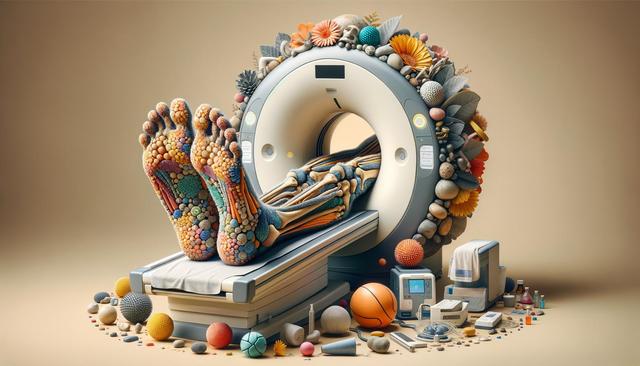Understanding Stroke and Its Impact
A stroke occurs when the blood supply to part of the brain is interrupted or reduced, depriving brain tissue of oxygen and nutrients. This can result in significant damage, leading to physical, cognitive, and emotional challenges. The effects vary depending on the type, location, and severity of the stroke. Common issues include weakness or paralysis—typically on one side of the body—speech difficulties, memory loss, and emotional disturbances. Understanding the aftermath of a stroke is essential for setting realistic recovery goals and choosing the appropriate therapy path. Early intervention can significantly influence outcomes, emphasizing the importance of promptly engaging in rehabilitation programs.
Stroke therapy often begins in the hospital but continues for months or even years after the initial event. Recovery isn’t linear and may involve periods of rapid improvement as well as plateaus. A multidisciplinary team commonly supports stroke survivors, including neurologists, physiotherapists, occupational therapists, speech-language pathologists, and psychologists. Each specialist plays a role in helping individuals regain their independence and improve quality of life.
Physical Rehabilitation: Regaining Movement
Physical therapy is central to stroke recovery, especially for individuals who experience mobility and strength deficits. The goal is to retrain the brain and body to perform basic motor functions through repetitive, task-specific exercises. These can include:
- Balance and coordination activities
- Strength training for affected limbs
- Gait training to improve walking
- Range-of-motion exercises to prevent stiffness
Therapists often tailor programs based on the individual’s needs and progress. In some cases, assistive devices such as braces, walkers, or treadmills with support harnesses are used to facilitate safe movement. The use of technologies like electrical stimulation and robotic-assisted therapy is also increasing, offering additional support for those with severe impairments. Consistency, motivation, and encouragement are key factors in making physical rehabilitation effective.
Occupational Therapy: Relearning Daily Activities
Occupational therapy focuses on helping stroke survivors regain the ability to perform daily tasks, such as dressing, cooking, and managing personal hygiene. This type of therapy is crucial for promoting independence and improving self-esteem. Occupational therapists evaluate the home environment and recommend modifications or assistive tools to reduce barriers. Common interventions include:
- Adaptive techniques for using utensils or dressing
- Fine motor skill development
- Memory aids and organizational tools
- Home modifications like grab bars or non-slip mats
Therapists also address cognitive and perceptual challenges, which can interfere with task completion. By breaking down complex activities into manageable steps, they help individuals rebuild confidence and competence. For many stroke survivors, regaining the ability to manage everyday life is a significant milestone in rehabilitation.
Speech and Language Therapy: Rebuilding Communication
Many stroke survivors experience difficulties with speech and language, a condition known as aphasia. Speech-language therapy aims to restore communication skills and improve swallowing function, which can also be affected. Therapy sessions may include:
- Articulation and pronunciation exercises
- Language comprehension and expression tasks
- Cognitive-communication strategies
- Swallowing assessments and exercises
The approach depends on the type and severity of the impairment. Therapists often use visual aids, technology, and partner training to facilitate communication. Family involvement is encouraged to create a supportive environment and reinforce learning outside of therapy sessions. Over time, many individuals experience meaningful improvements in their ability to connect with others and express themselves.
Emotional and Psychological Support
The emotional impact of a stroke is often as profound as the physical effects. Feelings of frustration, anxiety, and depression are common during recovery, particularly when progress feels slow or uncertain. Psychological support is an essential component of stroke therapy and may involve:
- Counseling or psychotherapy
- Support groups for stroke survivors and caregivers
- Mindfulness and relaxation techniques
- Medication for mood regulation, when needed
Addressing emotional well-being helps individuals stay motivated and engaged in their recovery. Caregivers also benefit from psychological support, as they often face significant stress in their role. Creating a compassionate, patient-centered recovery plan that includes mental health services can greatly enhance the overall rehabilitation experience and outcomes.
Conclusion: A Holistic Approach to Stroke Recovery
Stroke recovery is a deeply personal and multifaceted journey that requires time, patience, and a team-based approach. While the path may be challenging, combining physical, occupational, speech, and emotional therapies can lead to meaningful improvements in function and quality of life. Each therapy plays a unique role in helping survivors regain independence and rediscover a sense of purpose. For patients and caregivers alike, engaging actively in the rehabilitation process and seeking support when needed can make a significant difference. With the right strategies and consistent effort, recovery is not only possible—it can be empowering.








